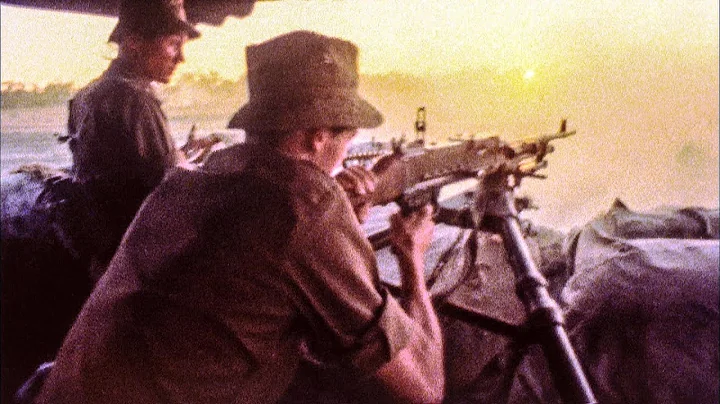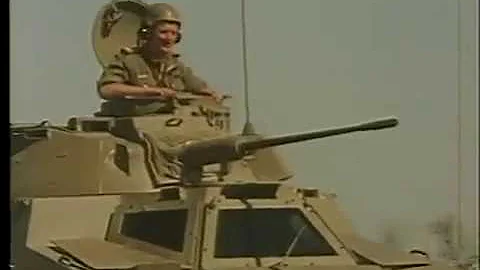
The Angolan War has a very interesting and little-known page in our history as far as the involvement of Soviet troops is concerned. Let's take a closer look at what our soldiers and officers forgot in this remote African country during the 1970s and 1980s.
ethnic foundation channel tells.
... History likes to joke sometimes. Take the African country Angola as an example. Discovered by the Portuguese and made a de facto colony in 1483, one of the first colonies in Africa, the country turned out to be one of the last independent nations on the black continent.

Angola on the map of Africa
The fact is that under the rule of dictator Salazar, Portugal, although it was the poorest country in Western Europe, it still insisted on having a place overseas. Including, for Angola, from where the Portuguese obtained cotton, rubber, coffee, sugar and oil. In short, everything that allows Portugal to somehow stay afloat.
Meanwhile, the Angolans themselves waged a brutal guerrilla war against the Portuguese, organized by three revolutionary organizations: the MPLA (People's Movement for the Liberation of Angola), UNITA and the National Liberation Front. lead. Angola (FNLA), do not get along well with each other,
Since the 1960s, Cubans, led by the famous Comandante Che Guevara, have helped the MPLA with weapons (including tanks) and personnel. Maoist China aided the National Liberation Army by supplying weapons and sending military advisers.

Cuban soldiers in Angola
In 1975, after the Carnation Revolution, Portugal still gave Angola its long-awaited independence. Now, there is a fierce confrontation in the country between the MPLA on the one hand and the FNLA + UNITA on the other. The latter is supported by CIA . The anti-colonial war turned into a civil war.
South African troops also invaded Angola on 14 October 1975 - The apartheid regime rightly feared that pro-communist forces from the MPLA would come to power in the neighboring country. Moscow is well aware that the Cubans alone cannot cope here...

Fidel Castro himself visited Angola in the 1970s
Then Soviet troops were already sent to Angola to help the MPLA - the Kremlin believes Socialist and communist ideas in Africa could be consolidated through Angolan territory. At the same time, it will also gain a reliable foothold on the black continent.
Furthermore, one of the main initiators of sending Soviet soldiers to Angola was KGB chief Alexander Shelepin, nicknamed Iron Shurik.

With the support of Soviet and Cuban soldiers, East German, Algerian and Yugoslav military advisers, the MPLA succeeded in driving South African troops out of Angola in 1975-1976. And at the same time, they defeated the Zaire army invading from the north.
With strong Soviet support, the MPLA was able to drive its internal opponents out of other party organizations.

The civil war in Angola remained a closed topic in the Soviet Union as far as our involvement was concerned. Soviet society did not even suspect that our generals, second lieutenants, and even ordinary soldiers were fighting on distant African soil.

Soviet troops were directly involved in military operations on Angolan territory. The only problem is, they wear uniforms without badges. Or in Cuban form. They did not take any documents with them.

Castro, Antonio Neto (MPLA leader) and Brezhnev. Angola, 1970s
Soviet newspapers did not report our military's achievements in Angola.Soviet civilian experts were also sent to Angola without reporting.

T-34-85 Military equipment delivered to Angola and the Soviet Union at a military parade in Luanda, the capital of Angola. For example, the multiple launch rocket system Grad. In total, the Soviet Union delivered to the country approximately 400 armored personnel carriers, 300 obsolete T-34-85 and T-54 tanks, artillery, and helicopters, as well as approximately 30 MiG fighter aircraft.

An interesting point. Soviet soldiers first captured and studied the vaunted American Stinger in Angola. Long before Afghanistan .
Finally, the Soviet troops had left Angola amid the perestroika and the disintegration of the Soviet Union . According to various sources, between 10 and 40,000 of our soldiers and officers participated in the Angola conflict from 1975 to 1991. Air defense, signalmen, GRU special forces, tankers. Fighting off the Angolan coast and Soviet Navy .

Well, the future head of Rosneft Igor Ivanovich Sechin ( Igor Ivanovich Sechin ( Igor Ivanovich Sechin ) was unknown at the time, he also served as the military commander of that popular Angola Portuguese translate. He's in the photo.

The exact number of our losses in Angola is unknown and carefully classified - the official number is between 50 and 100 Soviet soldiers killed.

Alas, since Soviet involvement in the Angola conflict was shrouded in secrecy, participants on the Soviet side were not recognized as veterans. They don't get any benefit.
Oddly, as the Soviet system collapsed, the MPLA developed close ties with the Americans, who agreed to support them as the most powerful actor in Angola. The country's civil war lasted until 2002... As Vladimir Semenovich Vysotsky sang, there is no idyll in sight in hot Africa





















